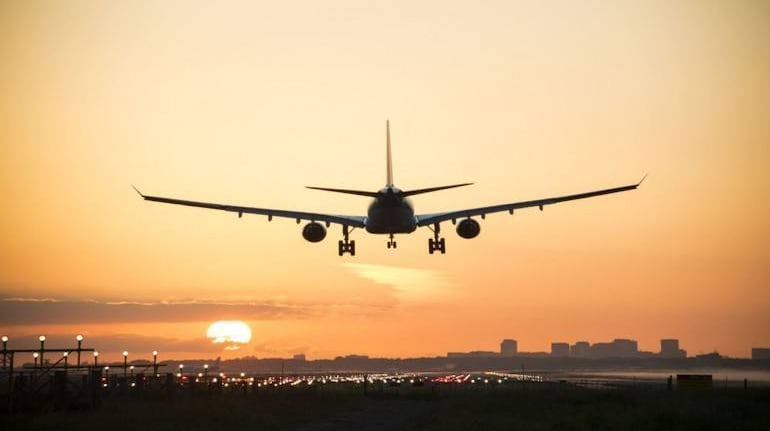



While there are ongoing debates on the economic recovery being U-shaped, V-shaped or W-shaped, the lack of clarity on the future of aviation has made it “O” shaped – moving in circles without an exit path from the current crisis. A month and a half has passed since the last commercial flight took off in India. Now, it looks as if airline operations would be absent in half of the first quarter of FY21, if not more.
With a lack of clarity on when the lockdown would be reversed in favour of normal life, airlines had started accepting bookings and the regulator DGCA had to intervene to close bookings. As things stand, the regulator has asked airlines to close booking without any deadline, with an assurance that sufficient lead time would be available between the start of operations and accepting bookings.
Then aviation minister Hardeep Singh Puri said he plans to open up the sector in a gradual and calibrated manner. At first glance, it would take years for air traffic to be back at pre-COVID levels.
Network Thoughts did an analysis of traffic scenarios that could unfold in the weeks to come after airlines are permitted to start operations on domestic sectors. After four years of 20 percent growth, the Indian industry had come to a near standstill after Jet Airways suspended operations. To tide over the numbers mismatch, a three-year average was calculated to plot the month-over-month growth with three different scenarios.
India was one of the few countries worldwide that reported growth in domestic air traffic in February — the last full month of operations for the industry. In March, the traffic dropped by a third, with a week without operations and COVID-19 spreading wider than before. As Indians shunned air travel, except for the last two days of operations when people tried getting back to their home base, airlines had started reducing services and eventually parked over 650 aircraft at airports across the country.
What percentage of traffic will be back?The most difficult question for everyone has been what percentage of traffic will be back when aviation reboots in the country. To begin with, the traffic will be at best at 30 percent. Why? That is because the Airports Authority of India thinks the AAI-controlled airports – which form a majority of the airports in the country — would be able to operate at only 30 percent capacity to ensure personal distancing and safety of passengers.
With 25 percent of the last 13-month average traffic returning, growing at 5 percent month-over-month for the next six months and at a higher rate thereafter, assuming the world would have tamed the pandemic, we will achieve the levels of traffic we saw pre-COVID only in 2022.
This is a huge setback to an industry which has been growing at record numbers in the past. The moot point will be – who will travel? In an environment where there are still chances of catching the infection, discretionary and leisure travel will take a backseat. Extremely essential and essential travel will only be considered and a lot would still depend on how safe passengers feel about travelling even if airlines block the middle seat. There could be a slump again if there are transmission cases due to flying.
There are more than 500 aircraft on order from IndiGo, Spicejet, GoAir and Vistara. The immediate challenge though is going to be the utilisation of the existing 650 commercial aircraft. With air traffic at less than 40 lakh passengers per month, we could go back to 2008-09 levels in terms of passengers carried.
Tail NoteIn recent weeks, it has become clearer that any recovery hinges firmly on discovering a vaccine to treat coronavirus. While countries and companies move forward with the “new” normal, travel will still be on the back burner because people will stay away from leisure travel and companies will try and push official travel for a later date.
Even when a vaccine is available, the economic slump will put a question mark on discretionary travel. Corporates might also slash budgets as they try to survive the crisis that could last through 2020, if not longer. As of now, it appears that even in the best-case scenario, air traffic could take a year and a half to reach the pre-COVID levels.
[Ameya Joshi runs the aviation analysis website Network Thoughts.]Discover the latest Business News, Sensex, and Nifty updates. Obtain Personal Finance insights, tax queries, and expert opinions on Moneycontrol or download the Moneycontrol App to stay updated!
Find the best of Al News in one place, specially curated for you every weekend.
Stay on top of the latest tech trends and biggest startup news.